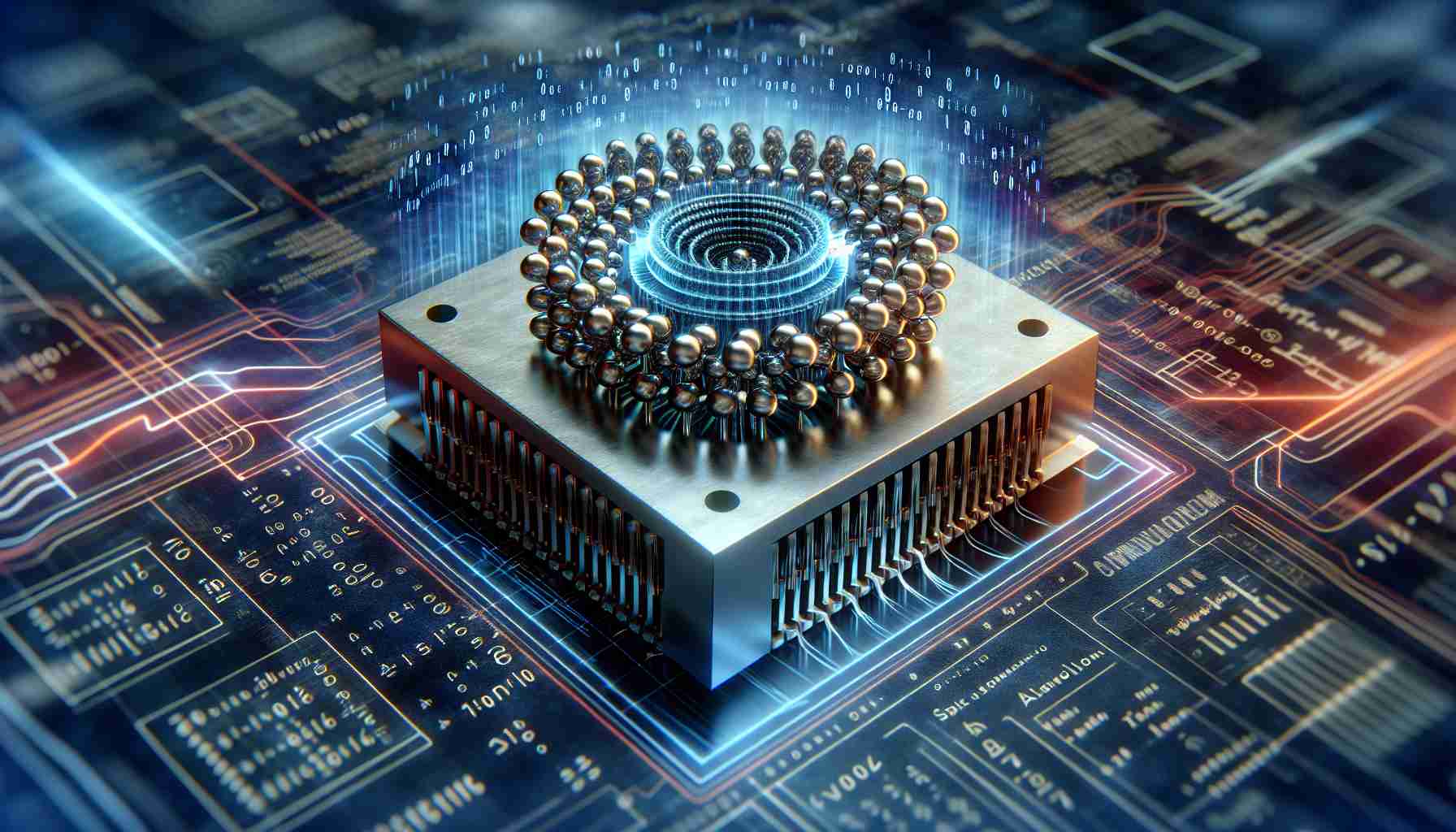SpinEdge is an Israeli startup that is leading the way in comprehensive edge processing by utilizing spintronic technology. By harnessing the power of analog nanoelectronics based on the spin of electrons, SpinEdge is transforming AI inference and edge computing performance. Their spintronic-based AI accelerator achieves impressive results, with a ten-fold improvement in Tera operations per second (TOPS) and at least a fifty-fold increase in TOPS/W energy efficiency compared to current GPUs and AI accelerators.
The technology developed by SpinEdge is particularly advantageous for edge devices that have power consumption restrictions but require significant data processing capabilities. Devices like smart cameras, drones, autonomous cars, and biochips can greatly benefit from SpinEdge’s advancements. In the past, these edge devices often had to transfer collected data to more powerful servers for AI analysis, resulting in latency and bandwidth issues. With SpinEdge’s spintronic analog AI accelerator, complex AI calculations and analysis can be performed directly on the device, eliminating the need for data transfer and significantly improving speed.
One notable feature of SpinEdge’s technology is its non-volatility. This means that memory is retained even when the device is turned off, resulting in seamless performance when it is powered on again.
With a team of experts specializing in spintronics, AI, nanomanufacturing, and high-tech business, SpinEdge is at the forefront of the spintronic revolution in Israel. Their success has the potential to revolutionize the world of AI and enable a new level of intelligence in smart edge devices. As a graduate of the INNOFENSE Innovation Center, operated by iHLS in collaboration with IMoD, SpinEdge has had the opportunity to connect with relevant investors and strengthen ties between the civilian and defense markets.
For more information, reach out to [email protected]
FAQs:
1. What is the challenge associated with the energy consumed by machine-learning models?
– The energy consumed by machine-learning models remains a significant challenge.
2. How much energy are data centers and networks projected to consume by 2030?
– By 2030, data centers and networks are projected to consume 6000 terawatt-hours of energy.
3. What is edge computing?
– Edge computing is a distributed computing framework that reduces latency and brings enterprise applications closer to data sources such as IoT devices, biomedical sensors, smart cameras, and autonomous vehicles.
4. What is SpinEdge?
– SpinEdge is an Israeli startup at the forefront of the industry’s search for comprehensive edge processing.
5. What technology does SpinEdge use?
– SpinEdge uses spintronic technology—analog nanoelectronics based on the spin of electrons.
6. How does SpinEdge’s spintronic-based AI accelerator perform compared to current GPUs and AI accelerators?
– SpinEdge’s spintronic-based AI accelerator achieves a ten-fold improvement in Tera operations per second (TOPS) and at least a fifty-fold increase in TOPS/W energy efficiency compared to current GPUs and AI accelerators.
7. What types of edge devices can benefit from SpinEdge’s technology?
– Edge devices with power consumption restrictions but require significant data processing capabilities, such as smart cameras, drones, autonomous cars, and biochips, can benefit from SpinEdge’s technology.
8. How does SpinEdge address the latency and bandwidth issues with edge devices?
– SpinEdge offers their spintronic analog AI accelerator as a chiplet that can be integrated with existing processors, GPUs, or AI chips, enabling complex AI calculations and analysis at a fraction of the cost and power, with significantly increased speed.
9. What is the non-volatility feature of SpinEdge’s technology?
– SpinEdge’s technology has non-volatility, which means that memory is retained even when the device is turned off, eliminating any delays when it is switched on again.
10. What expertise does SpinEdge have?
– SpinEdge has a team of experts in spintronics, AI, advanced nanomanufacturing, and high-tech business.
Definitions:
– Computation power: The capability and capacity of a computing system to perform calculations and process data.
– AI-based processing: The use of artificial intelligence techniques and algorithms to analyze and manipulate data.
– Machine-learning models: Algorithms and statistical models that enable computers to learn from and make predictions or decisions based on data.
– Edge computing: A distributed computing framework that brings computational resources closer to the data sources, reducing latency and improving performance.
– Spintronic technology: Analog nanoelectronics based on the spin of electrons.
– Latency: The delay or processing time between a request for data and the receipt of a response.
– GPUs (Graphics Processing Units): Specialized electronic circuits designed to rapidly manipulate and alter memory to accelerate the creation of images in a frame buffer.
– AI accelerators: Hardware devices or systems that optimize the execution of artificial intelligence workloads.
– Power consumption restrictions: Limitations on the amount of power an electronic device can use.
– Biochips: Microchips designed to perform biological and chemical analysis.
– Non-volatility: The ability of a memory device to retain its stored information even when the power is turned off.
Suggested related links:
– [SpinEdge Website](https://spinedge.ai/)
The source of the article is from the blog girabetim.com.br
